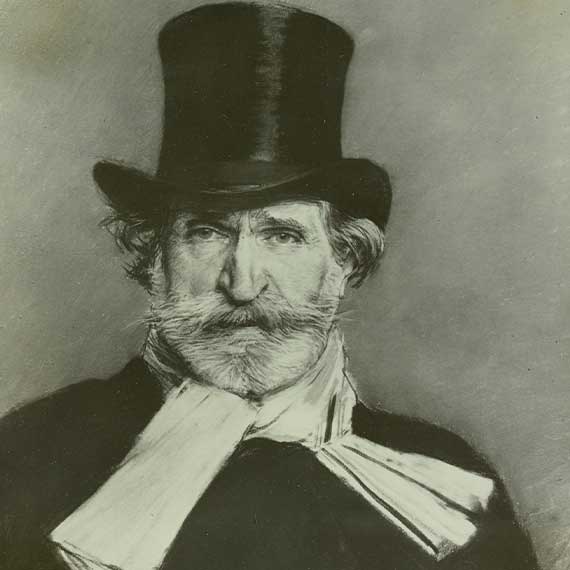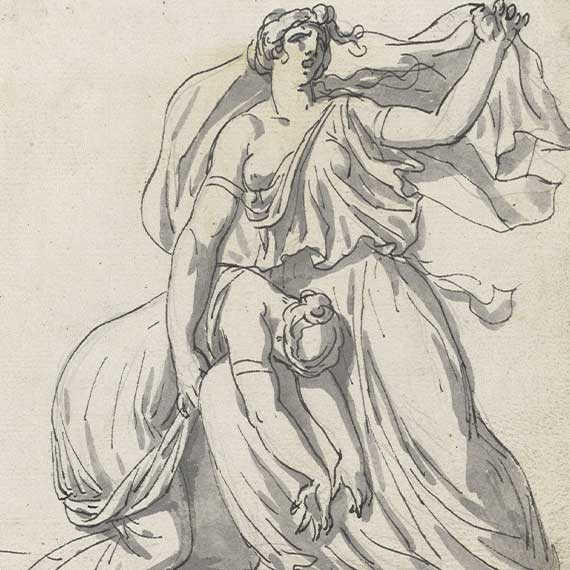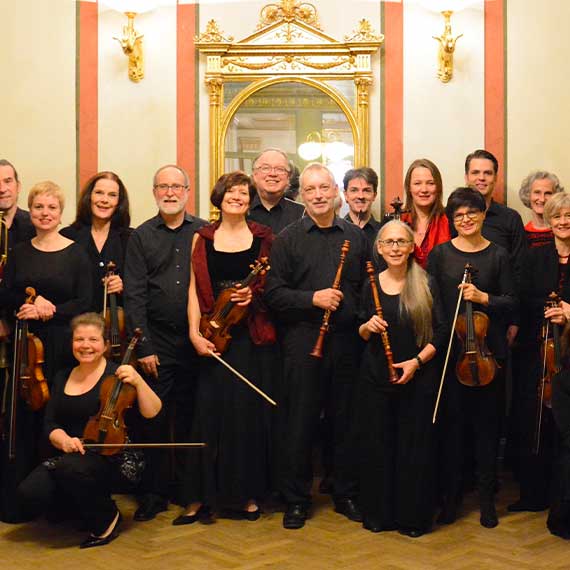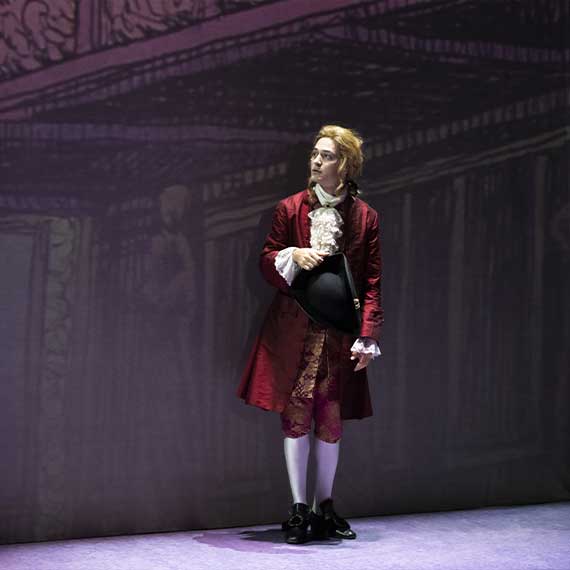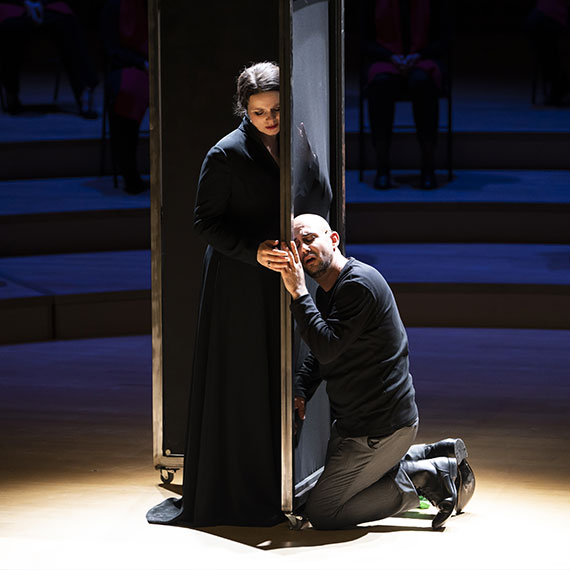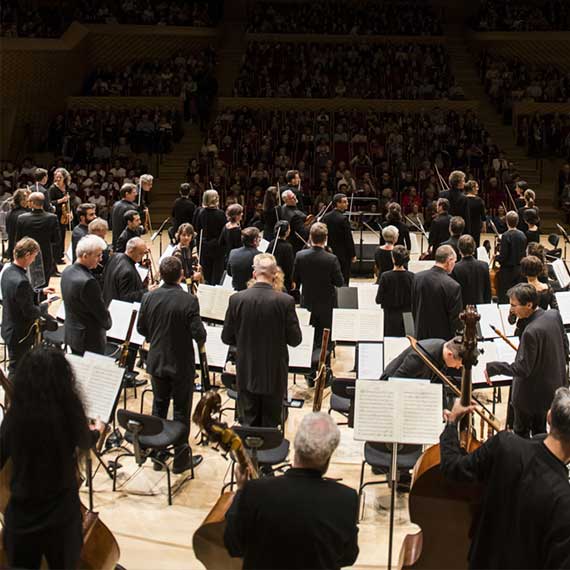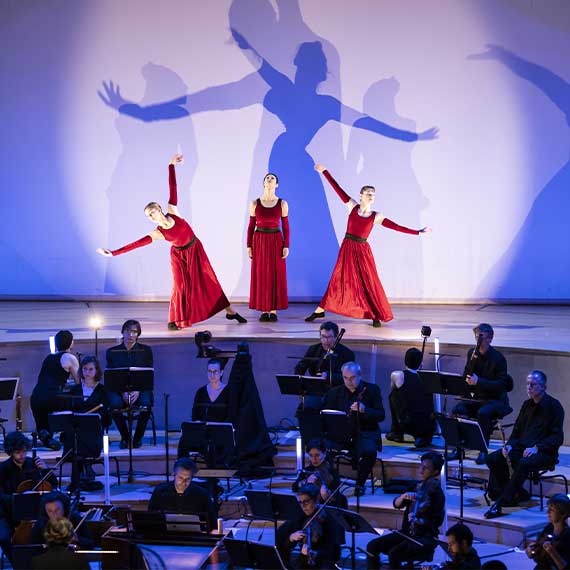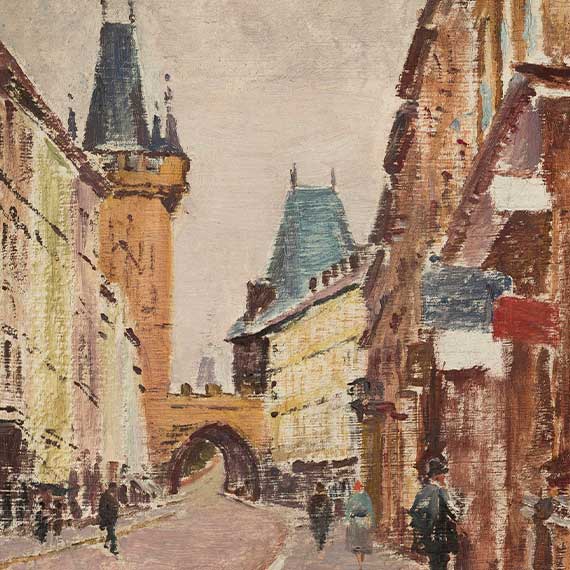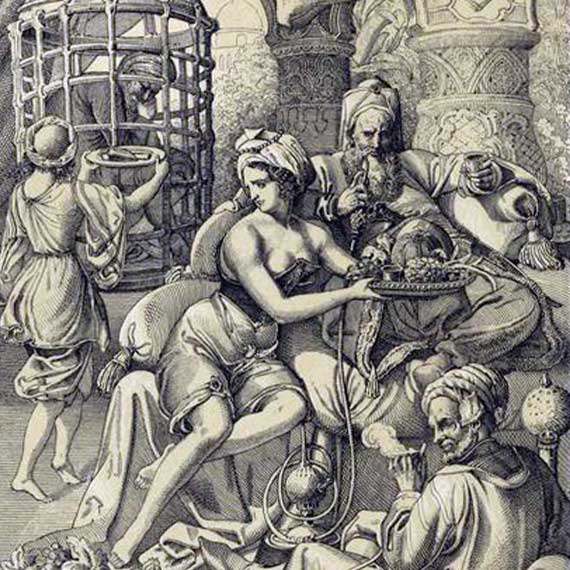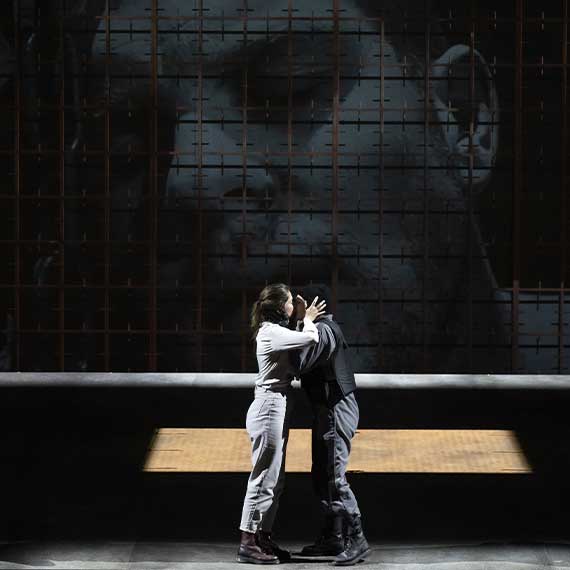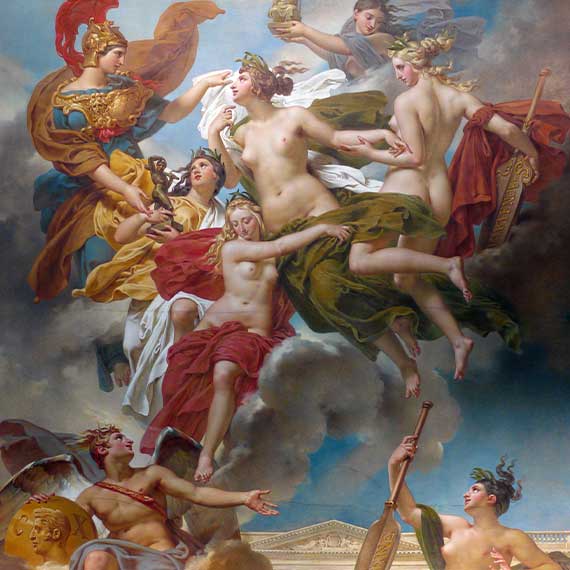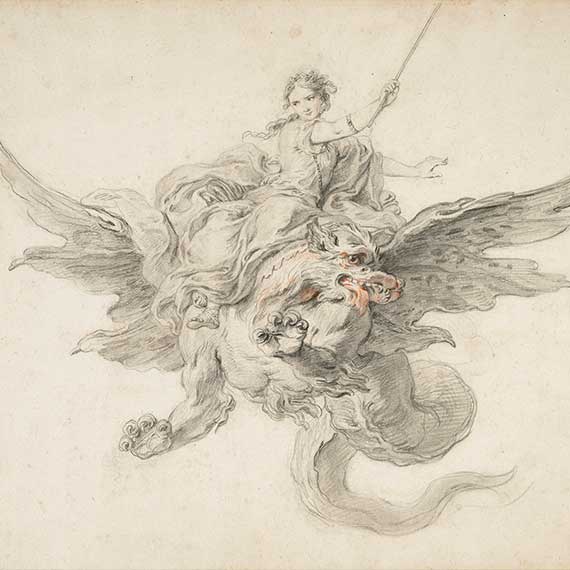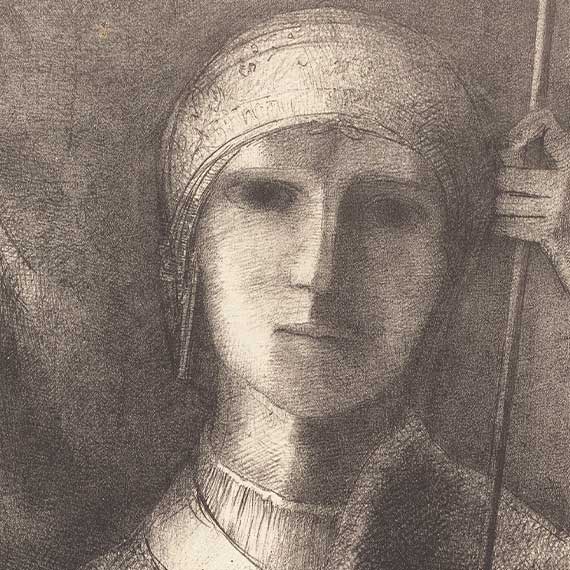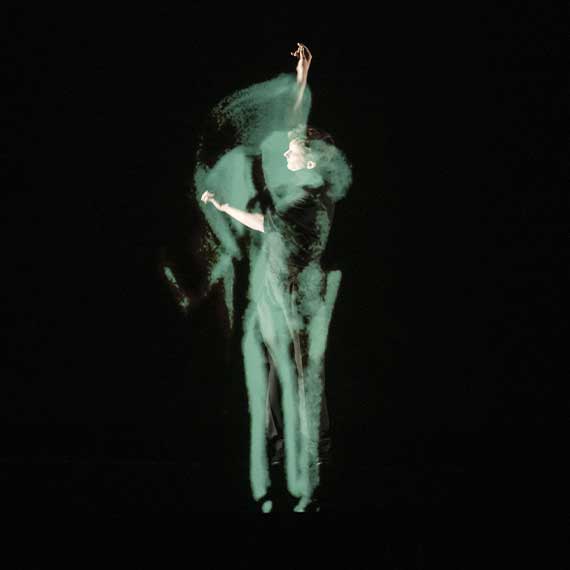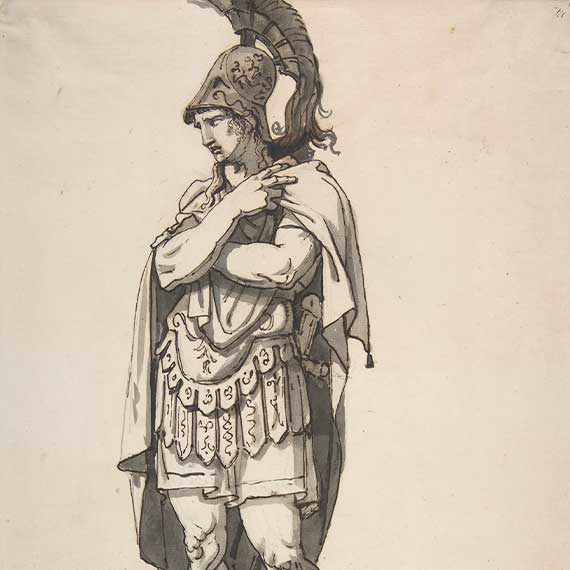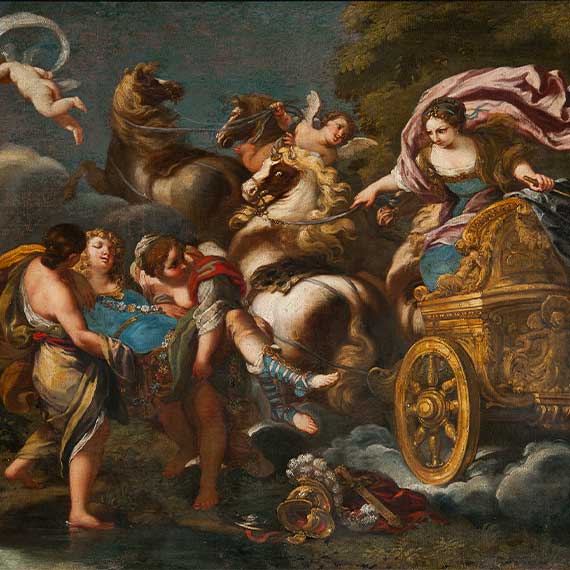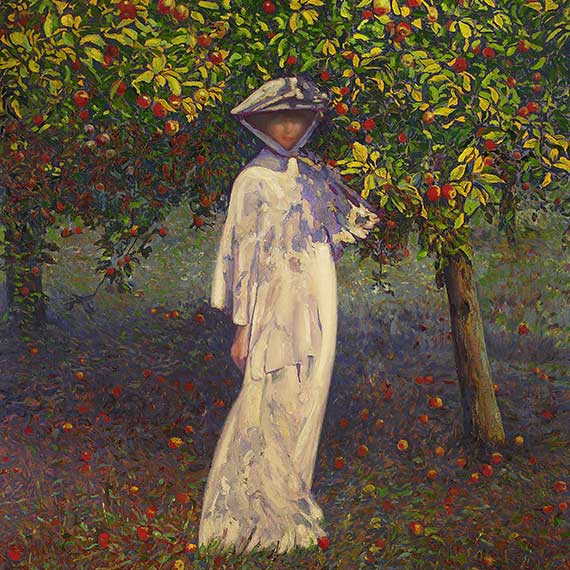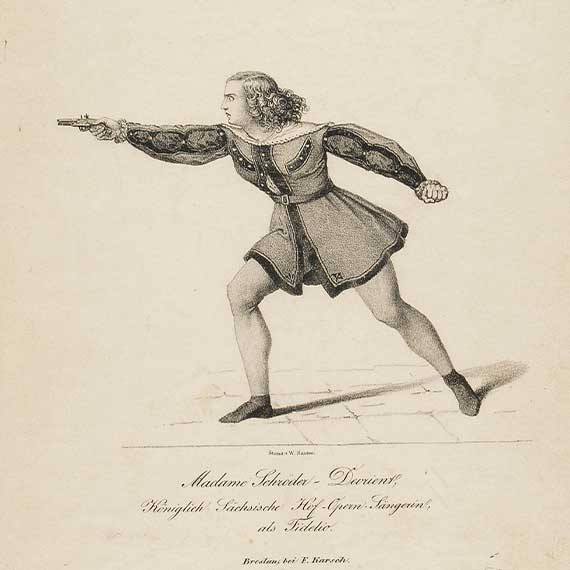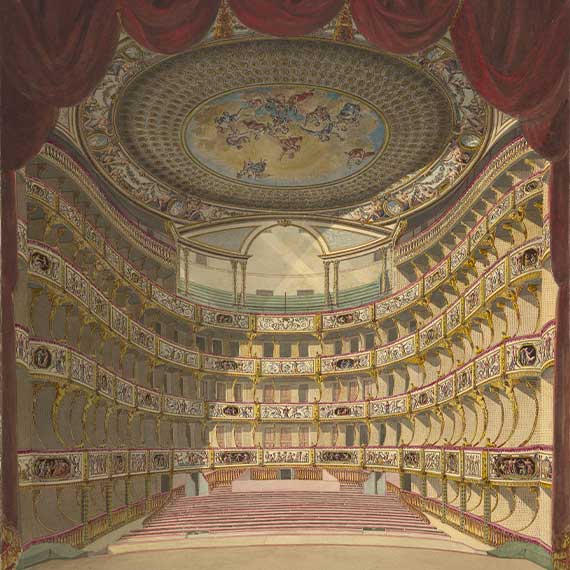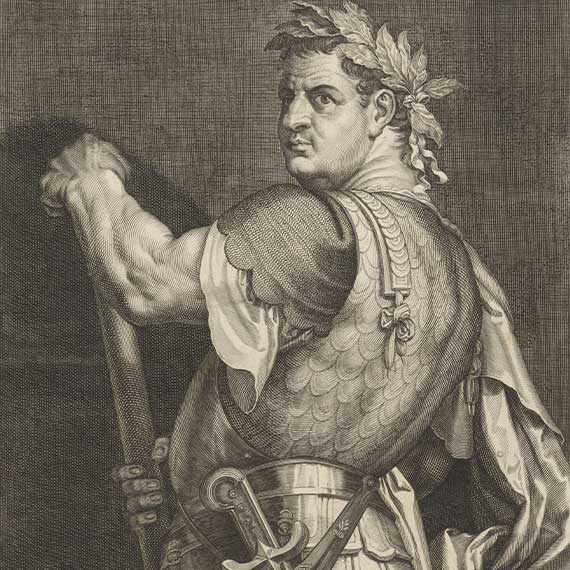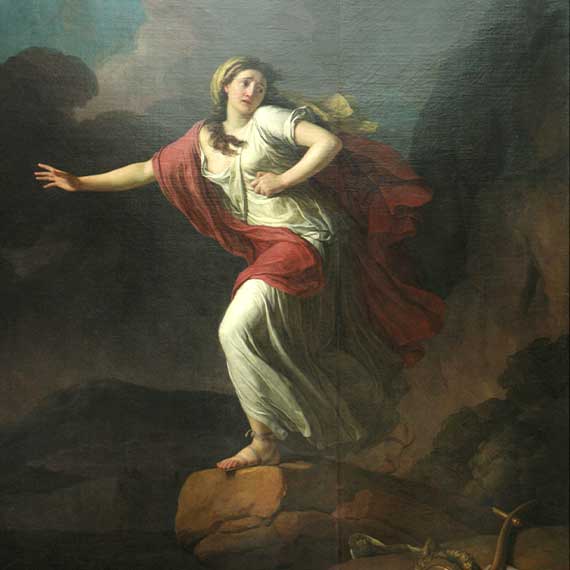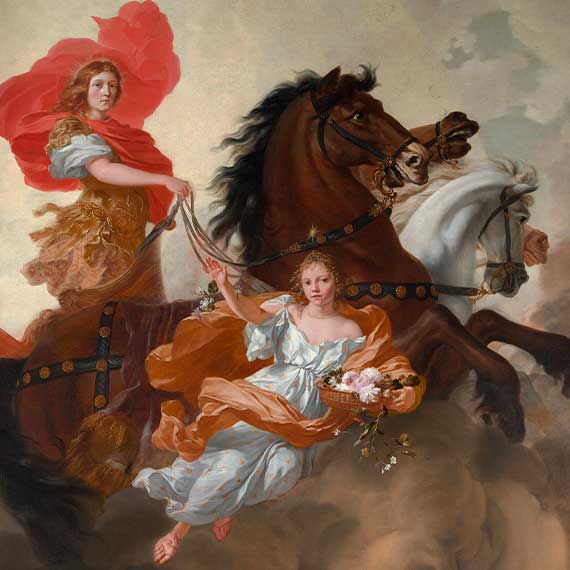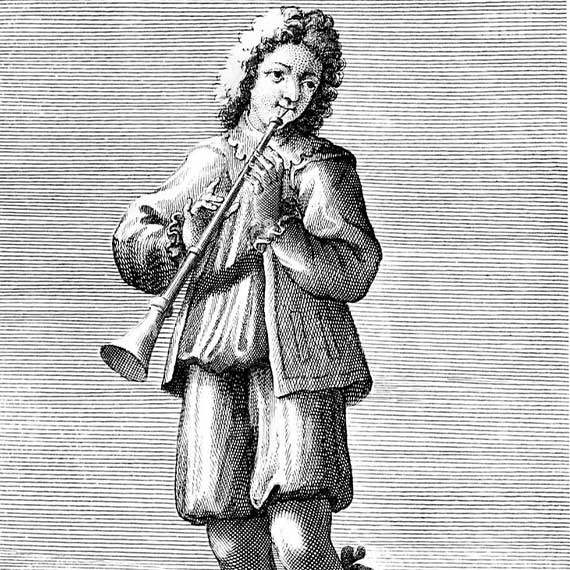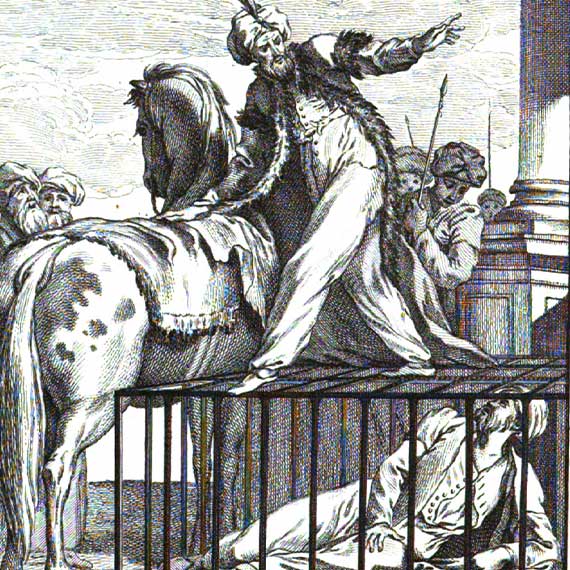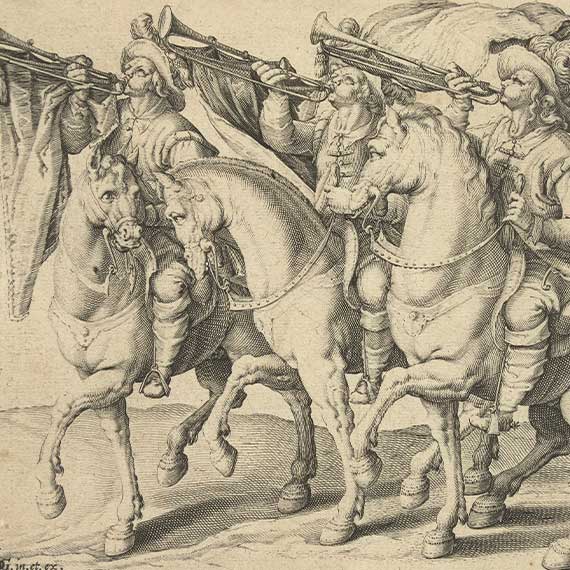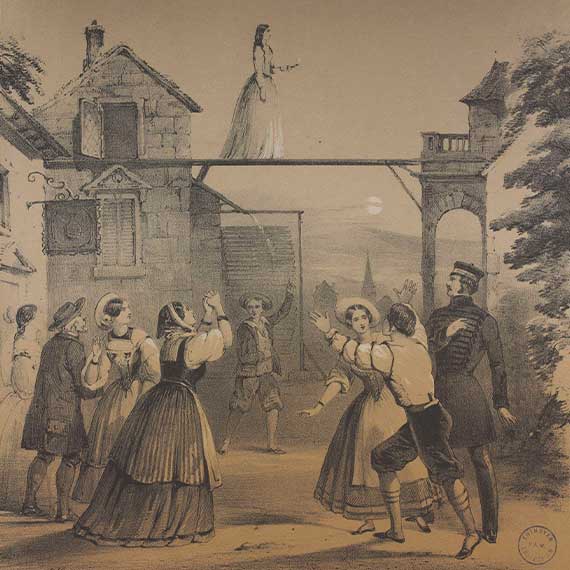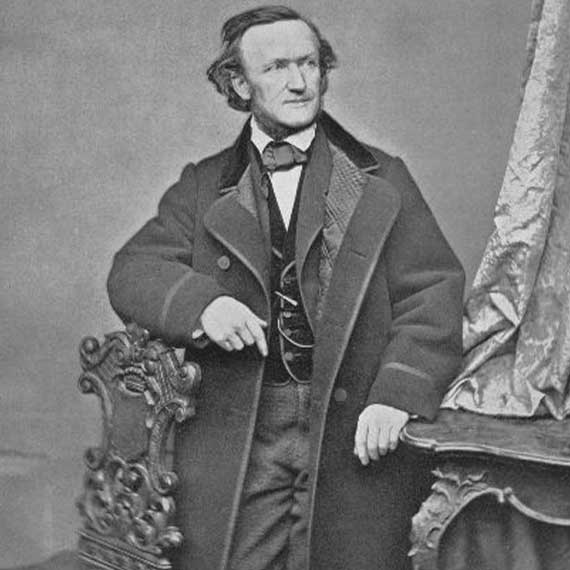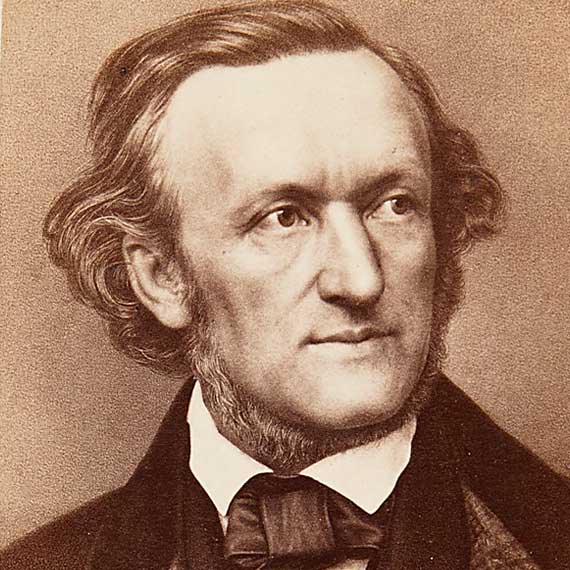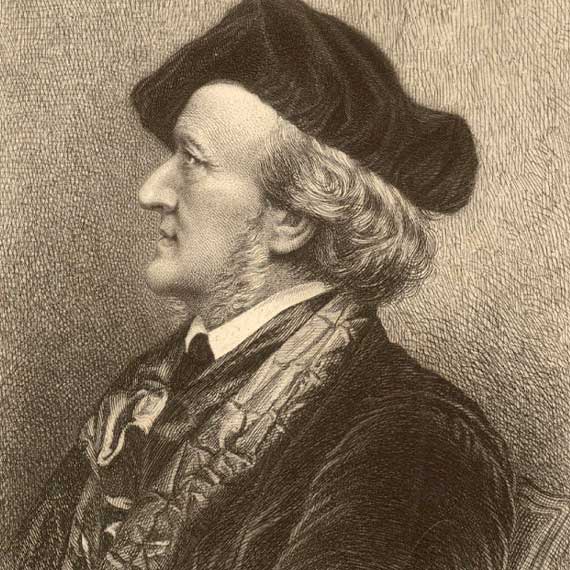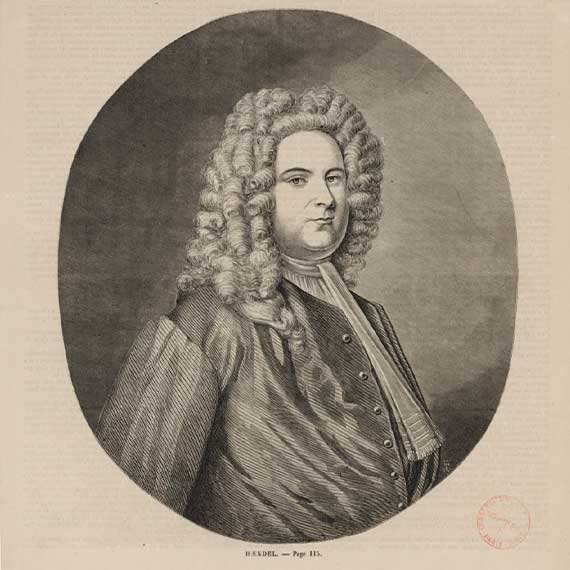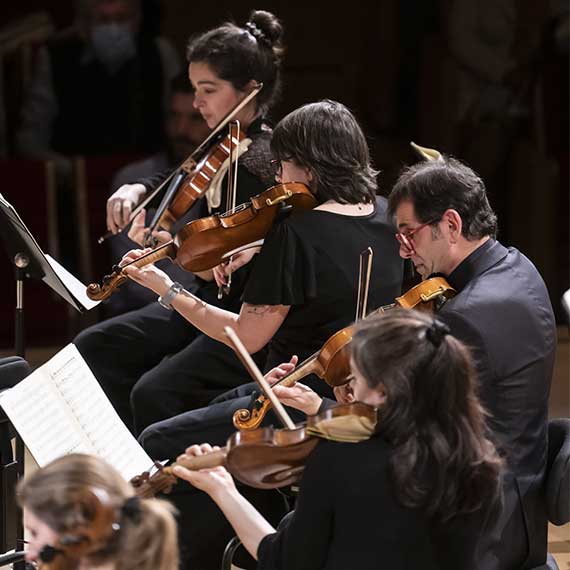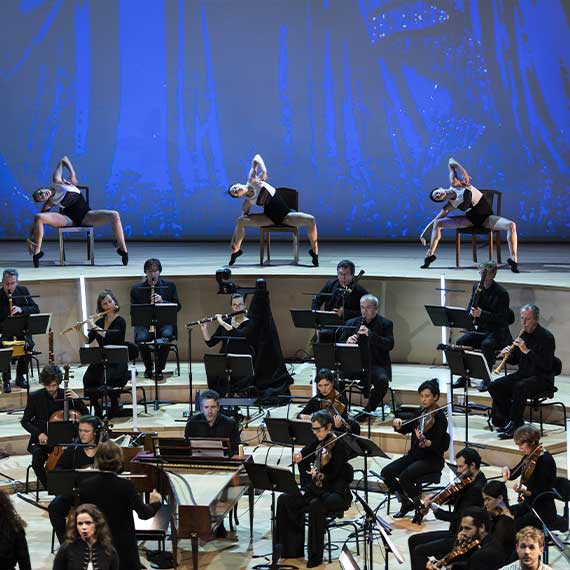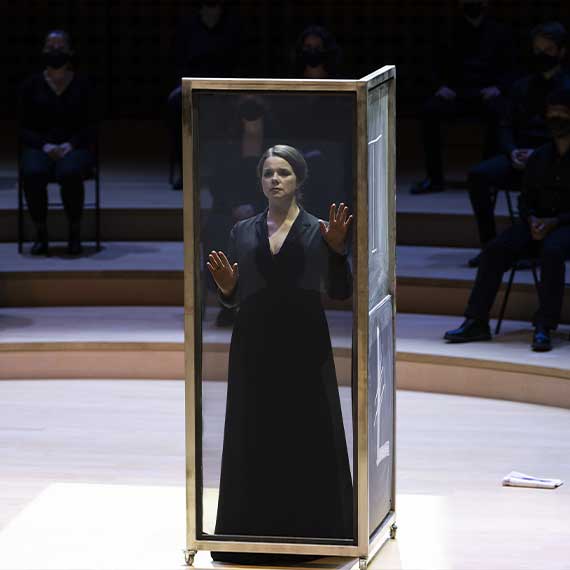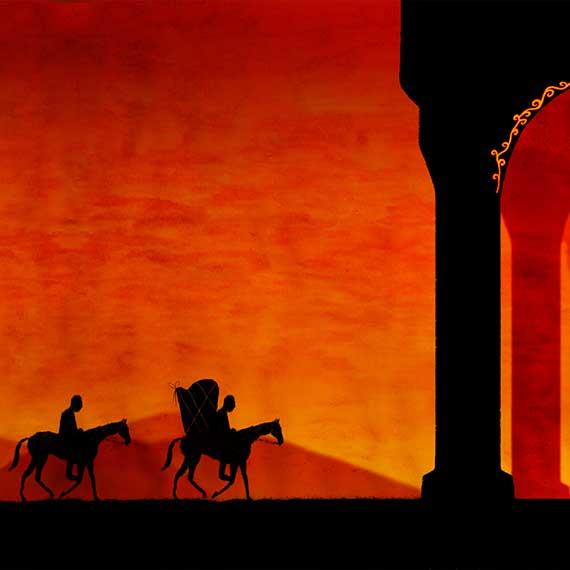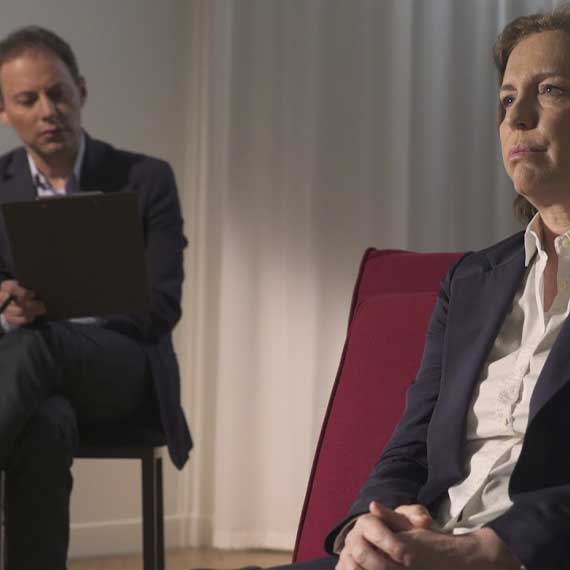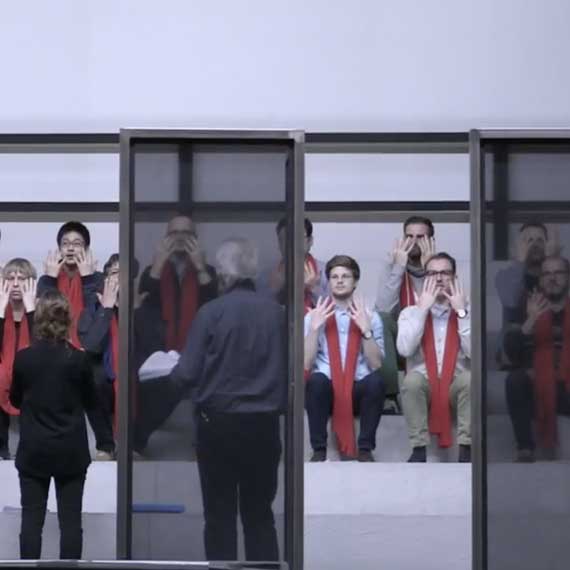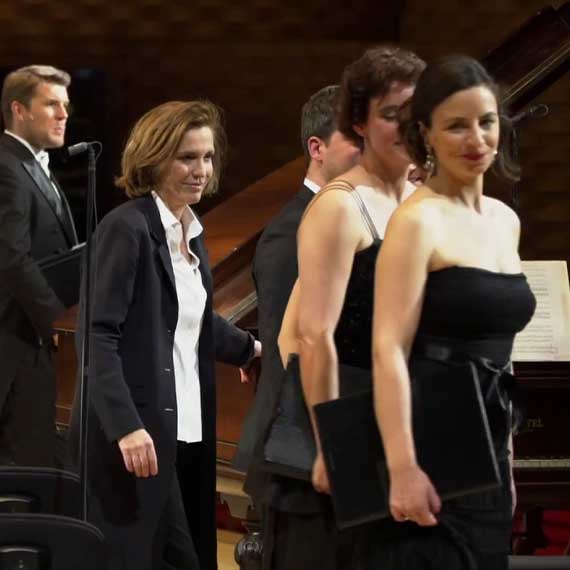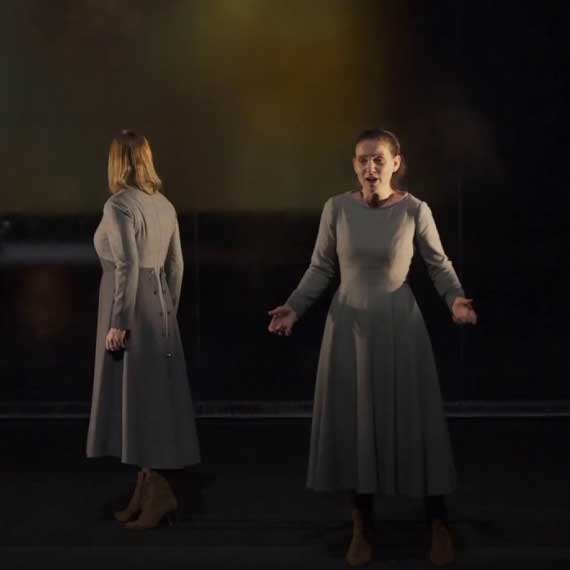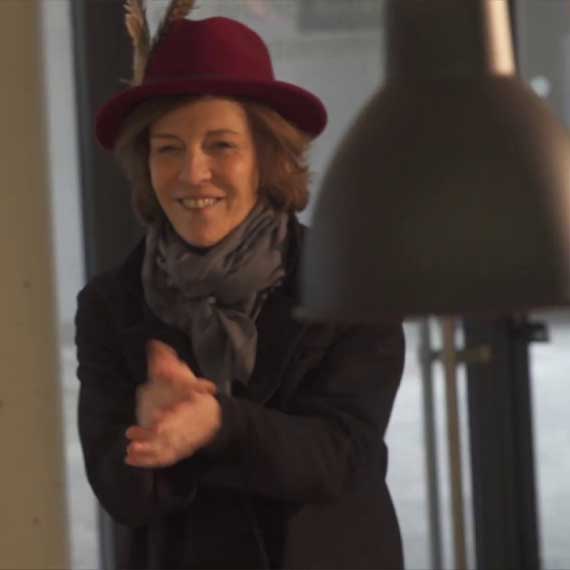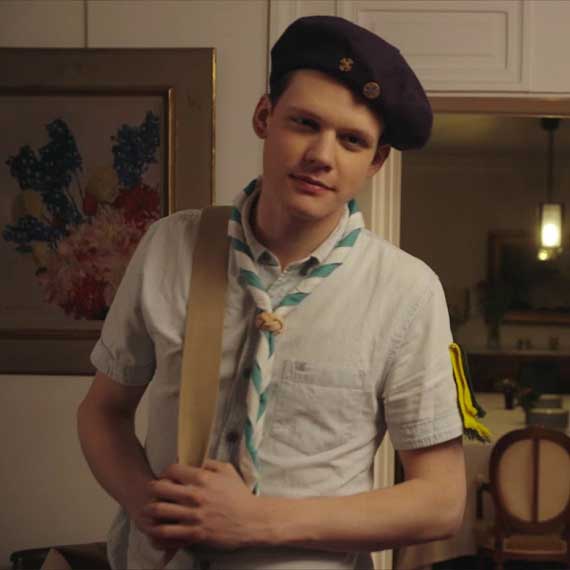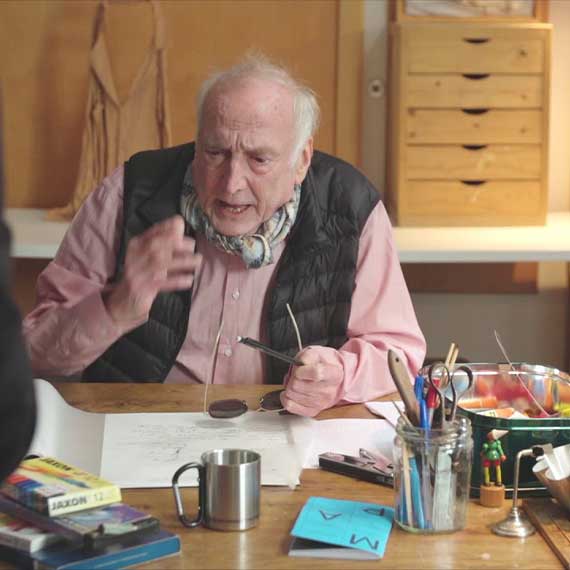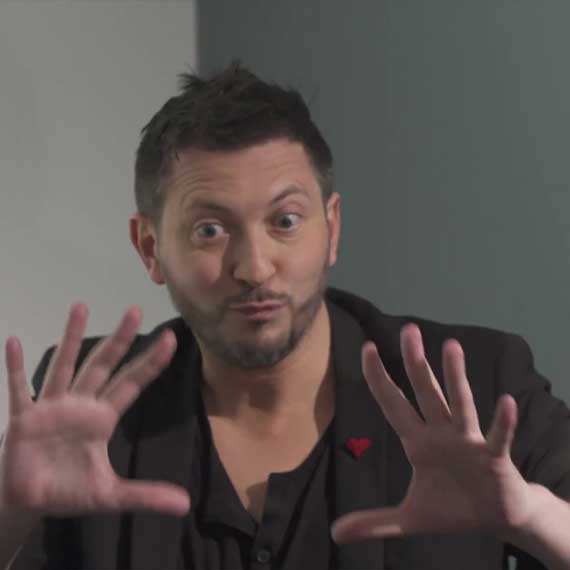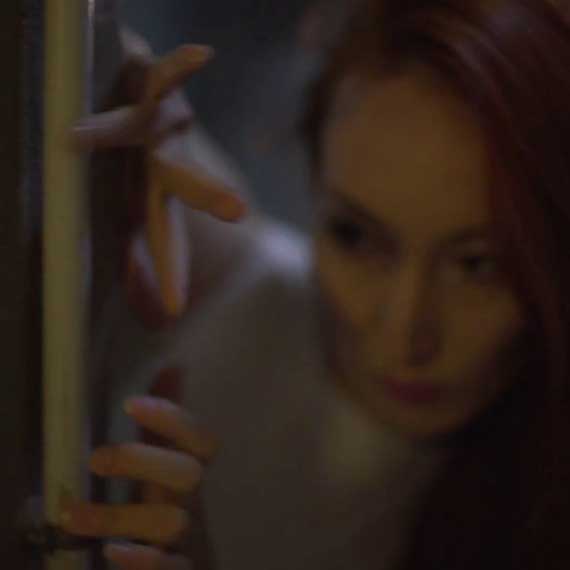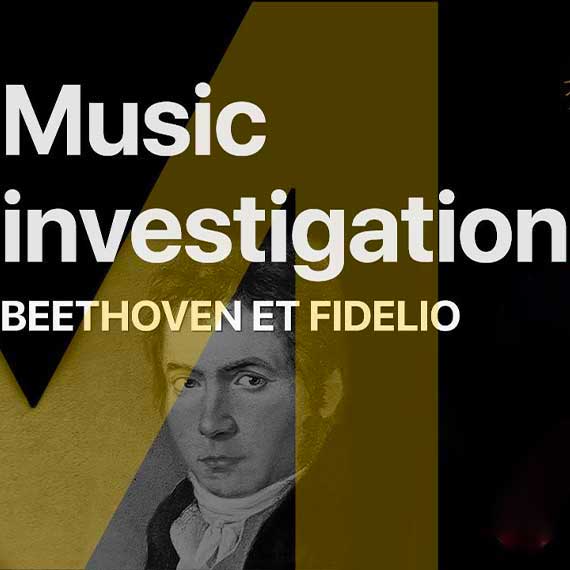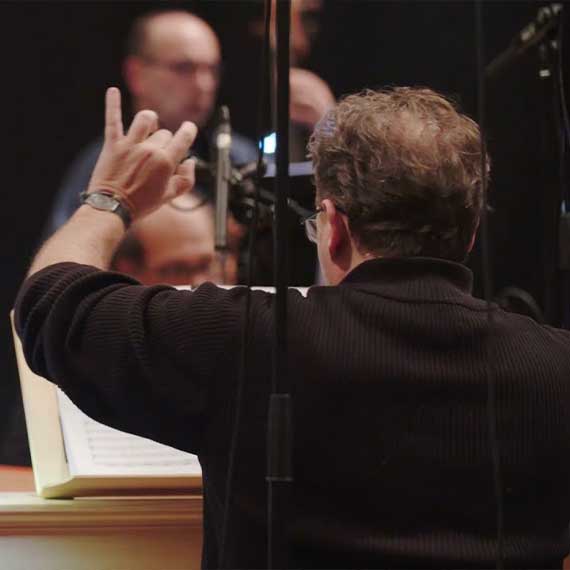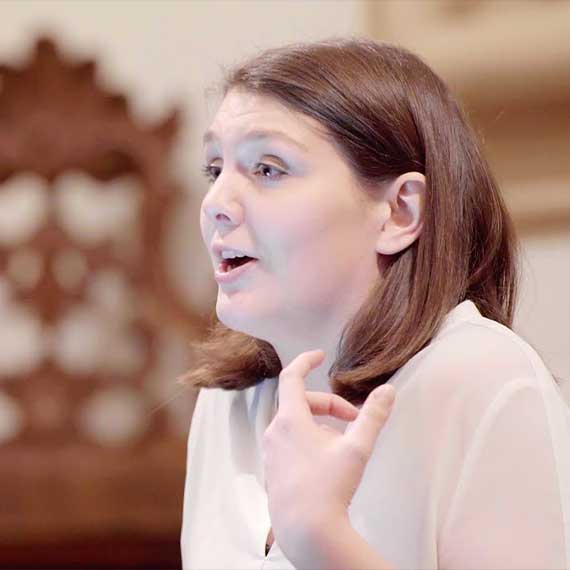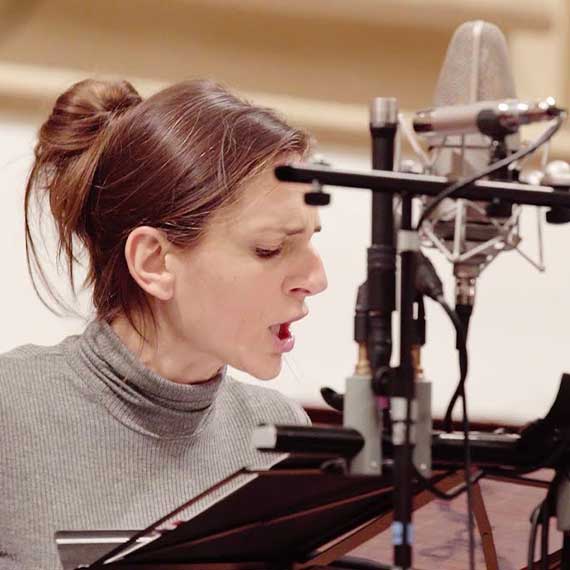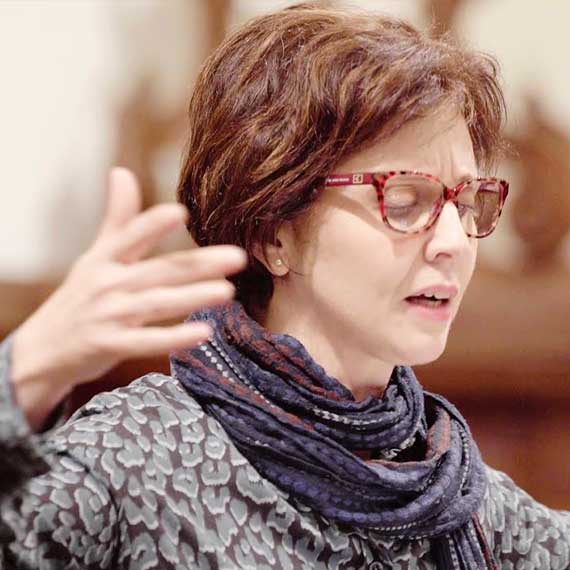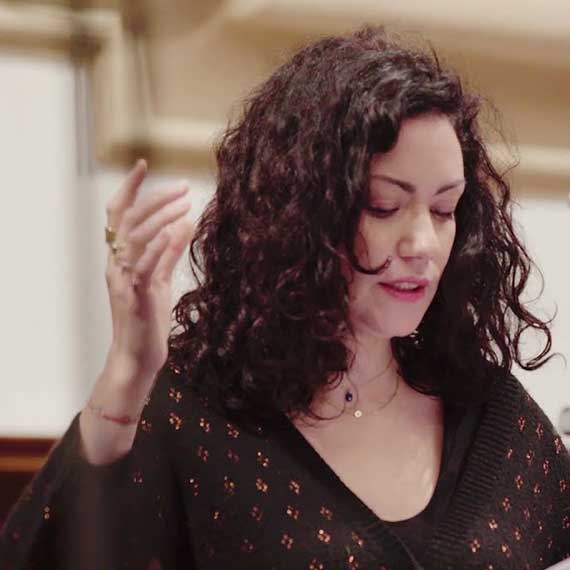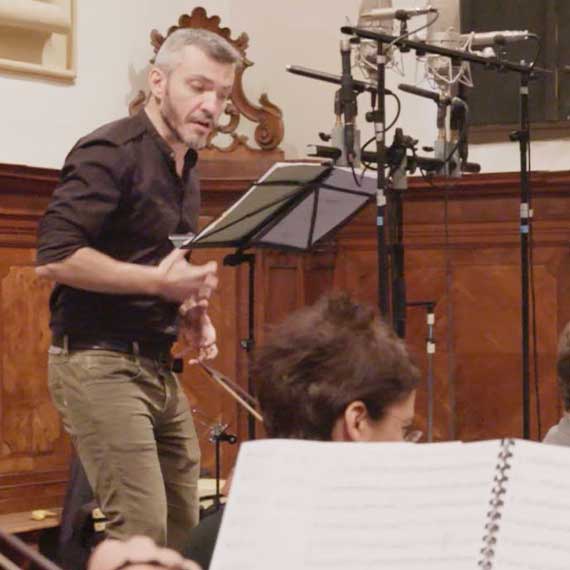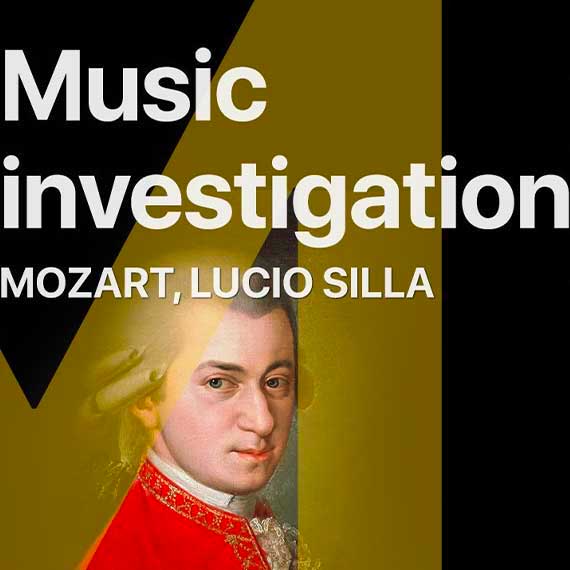Chapitres
Falstaff
« Commedia lirica » en 3 actes / Livret de Arrigo Boito
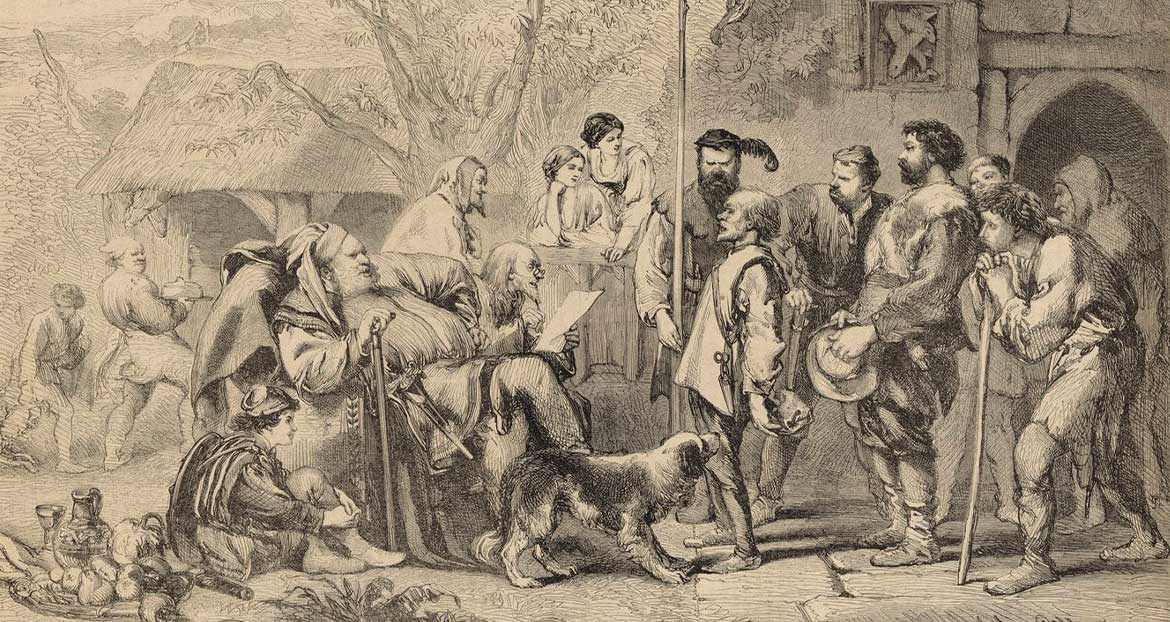
Cast
Soloists
Sir John Falstaff – Ambrogio Maestri
Ford – Michael Volle
Fenton – Raúl Hernández
Dr. Cajus – Robert Tear
Bardolfo – Jean-Paul Fouchecourt
Pistola – Graeme Broadbent
Mrs Alice Ford – Véronique Gens
Nannetta – Maria Bengtsson
Mrs Quickly – Jane Henschel
Mrs Meg Page – Gabriela Scherer
Ensemble and orchestra
Balthasar-Neumann-Chor
Balthasar-Neumann-Ensemble
Direction
Thomas Hengelbrock
Direction, Stage, Lighting
Philippe Arlaud
Costume
Andrea Uhmann
No doubt about it: Verdi’s « Falstaff » is an artful swan song to 19th century opera.
For this performance of Verdi’s last opera from 1893, Thomas Hengelbrock and the Balthasar Neumann Ensemble are intensively researching the sound of this era and playing exclusively on instruments from Verdi’s time.
They were already highly successful in this way two years ago at the Festspielhaus Baden-Baden with Verdi’s « Rigoletto ».
For a long time Verdi’s last opera was misunderstood as a cheerful comedy in disguise, until many Verdi scholars realised that a Buffonesque reading of this « dramma giocoso » could not do justice to its ambiguous character. In his libretto, Arrigo Boito unleashes a veritable firework of poetic artistry, and Verdi does not shy away from quoting his own music, but also that of Offenbach and Wagner, in order to reveal the ridiculousness of his title character – always lurking behind the whimsical play with tradition is a distance that is the basis of all advanced art in the later 19th century: the shock that familiar traditions no longer offer a foothold in an increasingly complex world.
As in most Verdi operas, « Falstaff » is also about fantasies of power: the title character believes he has unlimited power over women, Ford believes he has power over his daughter, and all the women believe they can abuse the power cunningly gained over Falstaff for a cruel ritual. These fantasies and the characters driven by them are ruthlessly exposed to ridicule.
Time and again, the listener will ask himself whether he has not just missed a subtle hint – especially at those points where Verdi’s music is particularly stirring in its dramatic brilliance and orchestral polychromy. For example, when the music begins with clear echoes of the German-Austrian symphonic tradition of the 19th century – a contrasting secondary theme is even introduced as in a sonata movement and commented on by Falstaff with the words « Ecco la mia risposta » (« And this is my answer »). In this, as in the famous final fugue, one might suspect an ironic reckoning by Verdi with those critics to whom mastery of sonata form and counterpoint meant everything. Falstaff’s serenade in the second act continues to quote melodic phrases from Beckmesser’s confused « counter-aria » in Wagner’s « Die Meistersinger von Nürnberg », clearly audible to everyone.
No doubt about it: Verdi’s « Falstaff » is an artful swan song to 19th century opera – a critical reflection on its own genre. It is no coincidence that the British composer Charles Villiers Stanford noted that « Verdi’s study of Beethoven’s quartets » had left clear traces in the score. As with the late Beethoven, Verdi’s rethinking of the preconditions of his own composing led to a distancing from his own ego. Accordingly, his farewell work is not a whimsical comedy, but one of the most poignant and profound operas composed in the 19th century.
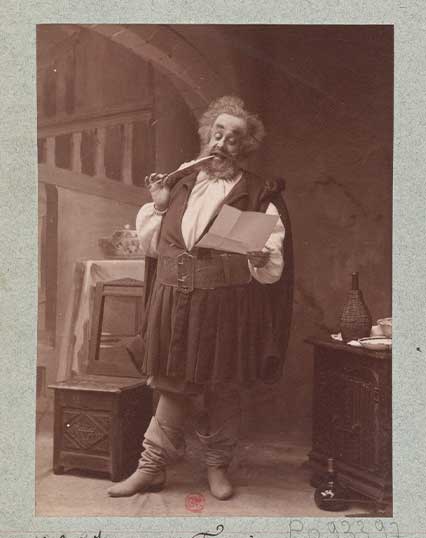
Mr Fugère [ Opéra Comique Falstaff], Atelier Nadar
Source gallica.bnf.fr / BnF
Such an adventure can only succeed if there is the closest contact and greatest familiarity between conductor, orchestra and singers. In the Balthasar Neumann Choir and Ensemble, the conductor knows that he has musicians at his side who have just this kind of trust in him – and the joy of discovery and playfulness that are indispensable for this undertaking.
A sextet of top-class vocal soloists completes the cast. Angela Denoke thrilled as Kundry at the Bavarian State Opera in 2011, the same year Simon O’Neill could be experienced as Parsifal in Bayreuth. Frank van Hove (Dortmund) and Kwangchul Youn (Essen) also have a wealth of experience in the role of Gurnemanz and celebrated great successes in Copenhagen and Bayreuth respectively as recently as 2012. The role debuts of Matthias Goerne and Johannes Martin Kränzle in the lower registers arouse tense anticipation, while Victor van Halem has been convincing with his masterful Titurel for many years, not least on the 1981 Karajan recording.
The forum and stage for this extraordinary Wagner event are the Konzerthaus Dortmund and the Philharmonie Essen – two organisers who are on friendly terms with conductor and ensembles on the basis of a long-standing, successful collaboration. Thomas Hengelbrock is also a highly successful and now regular conductor at the Teatro Real in Madrid, where the production will conclude with three performances.
Performance practice
Falstaff
Picc, 3Fl., 2Ob., Eng.Hn., 2Cl., B.Cl., 2Bn – 4Hn., 3Tpt., 3Tbn., Cimbasso. – Hrp., Timp., B.Dr., C.Cymb., Trgl., – Str. Stagemusic: Guit., nat.Hn., Chime – Choir, Soloists
Number of musicians
Orchestra: Woodwinds 9; Brass: 11; Hrp. Percussion 4; Strings 13-10-8-6-8;
Soloists: 10;
Choir: 9-8-7-7,
Stagemusic: 1 (Guitar)
Diapason
438 Hz
Schedule
Pfingstfestspiele Baden-Baden
25. Mai 2007 20.00 Uhr
27. Mai 2007 19.00 Uhr
29. Mai 2007 20.00 Uhr
Festspielhaus Baden-Baden
Cast list
Autres ressources associées
Contenu lié
Falstaff Historical instruments
Bibliothèque
Retrouver les ressources associées à cette œuvre dans notre bibliothèque numérique.
Vous aimerez aussi
Dans le même thème
